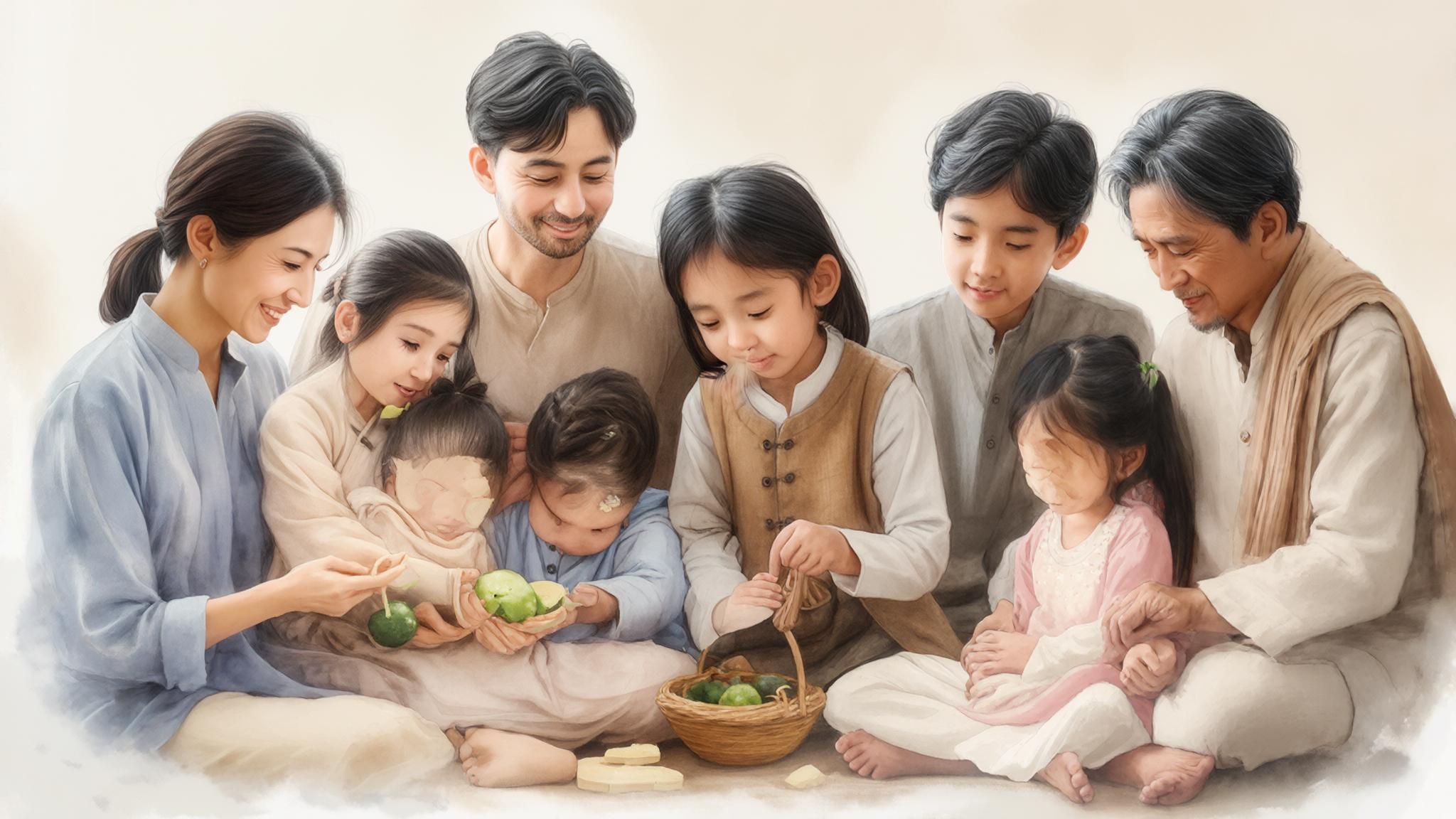Family Therapy: Understanding the Role of Each Family Member
I. Introduction
Family therapy is a specialized form of psychological counseling that addresses the insights and challenges within family dynamics. Understanding family dynamics is crucial for improving communication, resolving conflicts, and fostering healthier relationships. In this article, we will explore theoretical frameworks, the role each family member plays, common family dynamics and challenges, therapeutic techniques, real-life applications, and the transformative potential of family therapy.
II. Theoretical Framework of Family Therapy
A. Brief History of Family Therapy
Family therapy emerged in the mid-20th century, looking to treat psychological problems in a relational context rather than focusing on individuals alone. Early thinkers like Murray Bowen and Virginia Satir paved the path for modern approaches to family therapy.
B. Key Theories in Family Therapy
- Structural Family Therapy focuses on adjusting the family structure to ensure healthy interactions.
- Strategic Family Therapy uses problem-solving strategies to alter dysfunctional behaviors.
- Systemic Family Therapy considers the family as a complex system where each member influences the others.
- Narrative Therapy emphasizes the stories family members tell themselves about their relationships and empowers them to rewrite their narratives.
C. Role of the Therapist in Family Dynamics
Therapists act as facilitators, guiding families towards deeper understanding and healthier interactions. They use various techniques to help families communicate more openly and resolve conflicts.
III. The Role of Each Family Member
A. Parents
-
Authority Figures and Decision-Makers
Parents provide structure and guidance, shaping the family’s values and decisions. -
Emotional Support and Guidance
They nurture emotional well-being by providing stability and support. -
Impact of Parenting Styles on Family Dynamics
Styles like authoritative, permissive, or neglectful influence how family members interact and cope.
B. Siblings
-
Companionship and Rivalry
Siblings are often each other’s first friends and also rivals, shaping interpersonal skills. -
Role in Conflict Resolution
They often negotiate disagreements, contributing to family harmony. -
Influence on Individual Identity Development
They help define personal identity through comparison and competition.
C. Extended Family Members
-
Grandparents, Aunts, Uncles, and Their Roles
These members can provide additional support and guidance, contributing to the family’s emotional fabric. -
Cultural Influences on Family Roles
Different cultures place varying emphasis on the roles of extended family, impacting dynamics. -
Support Systems Outside the Nuclear Family
Extended family often serves as a vital support system during life transitions.
D. The Individual’s Role
-
Personal Identity within Family Context
Each member’s identity is influenced by their position within the family. -
Contributions to Family Dynamics
Individual behaviors and attitudes affect everyone in the family. -
Impact of Mental Health on Family Roles
Mental health conditions of one member can ripple through the family.
IV. Common Family Dynamics and Challenges
A. Communication Patterns
-
Healthy vs. Unhealthy Communication
Open communication breeds trust, while unhealthy patterns can create resentment. -
The Role of Active Listening
Essential for resolving misunderstandings and strengthening relationships.
B. Conflict Resolution Styles
-
Aggressive, Passive, and Assertive Approaches
Varying styles can lead to dysfunction and need to be recognized and adjusted. -
Importance of Mediation and Negotiation
Therapeutic interventions can aid in transforming conflict.
C. Family Roles and Labels
-
The "Identified Patient" Concept
Often one member is seen as the source of dysfunction, which can obscure the true dynamics. -
Role of Scapegoats and Heroes
These labels can inhibit healthy development and function within the family.
D. Impact of External Factors
-
Socioeconomic Status
Financial stress can affect family communication and connections. -
Cultural and Societal Influences
Societal expectations and norms influence family behaviors and roles. -
Life Transitions (Divorce, Loss, etc.)
Such changes can require families to adapt and cope with new dynamics.
V. Techniques and Interventions in Family Therapy
A. Assessment Tools
-
Genograms
Visual tools to map relationships and patterns in a family. -
Family Mapping
Helps to visualize interpersonal dynamics.
B. Therapeutic Techniques
-
Communication Skills Training
Equips families with tools to express themselves effectively. -
Role-Playing and Enactment
Allows families to practice new ways of interacting. -
Emotionally Focused Therapy (EFT)
Fosters emotional bonds and resilience.
C. Setting Goals in Therapy
-
Short-Term vs. Long-Term Goals
Establishing clear objectives can measure progress. -
Importance of Family Involvement in Goal-Setting
Engagement from all members enhances commitment and outcomes.
VI. Case Studies and Real-Life Applications
A. Overview of Different Family Scenarios
-
Blended Families
Complex dynamics between step-siblings and parents. -
Families with Special Needs
Unique stresses and strengths. -
Multigenerational Families
Balancing traditional values with modern challenges.
B. Analysis of Successful Interventions
Examining how different techniques have effectively addressed unique family needs.
C. Lessons Learned from Case Studies
Successful transformations highlight the importance of understanding and cooperation.
VII. Conclusion
In conclusion, understanding family roles and dynamics is vital for addressing issues and nurturing healthy relationships. Family therapy can provide a beneficial framework for families looking to improve interactions and resolve conflicts. Embracing this opportunity can lead to transformative changes, emphasizing the power of unified support and healing.
VIII. References
- Academic journals like the Journal of Family Therapy and books including The Family Crucible by Augustus Y. Napier.
- Online resources like the American Association for Marriage and Family Therapy (AAMFT).
IX. Appendix (if applicable)
- Worksheets and tools for families to explore their dynamics together.
- Suggested reading materials for families considering therapy to encourage proactive involvement.
Understanding these dynamics not only aids individuals in therapy but plays a crucial role in fostering a healthier family system, making the journey through therapy collaborative and constructive.

